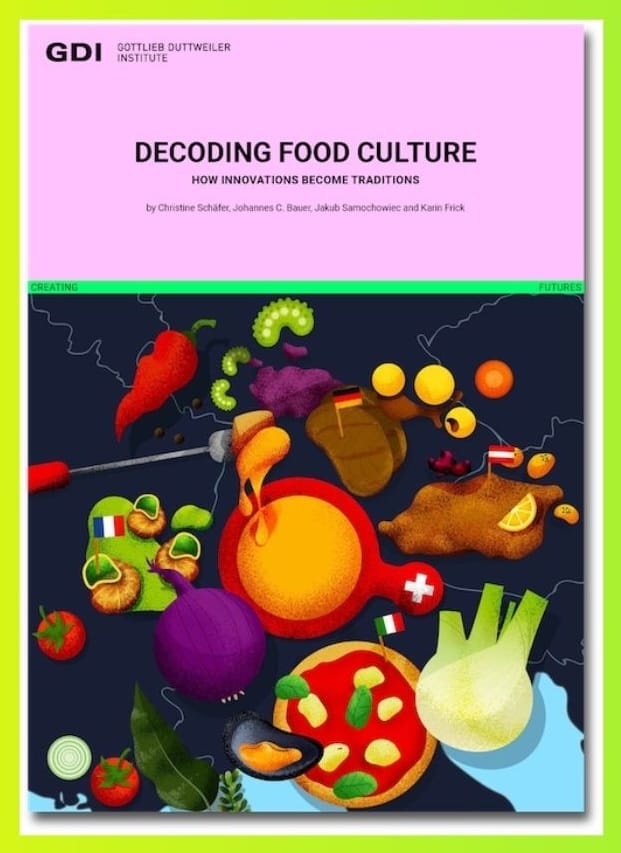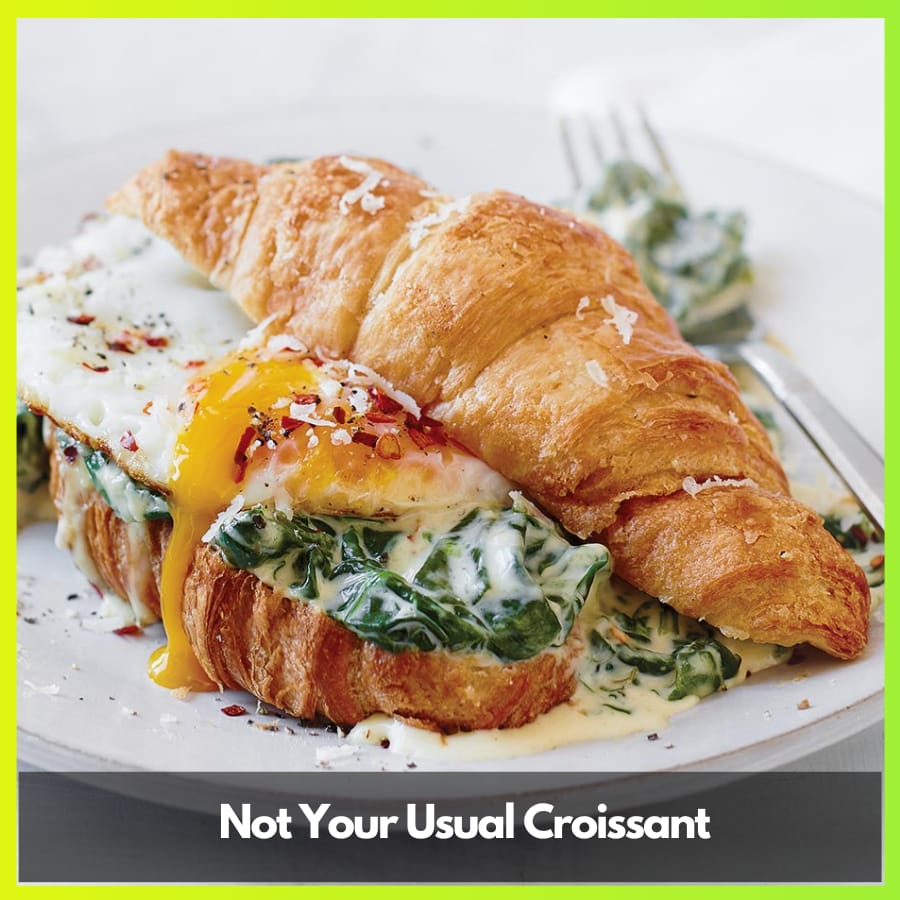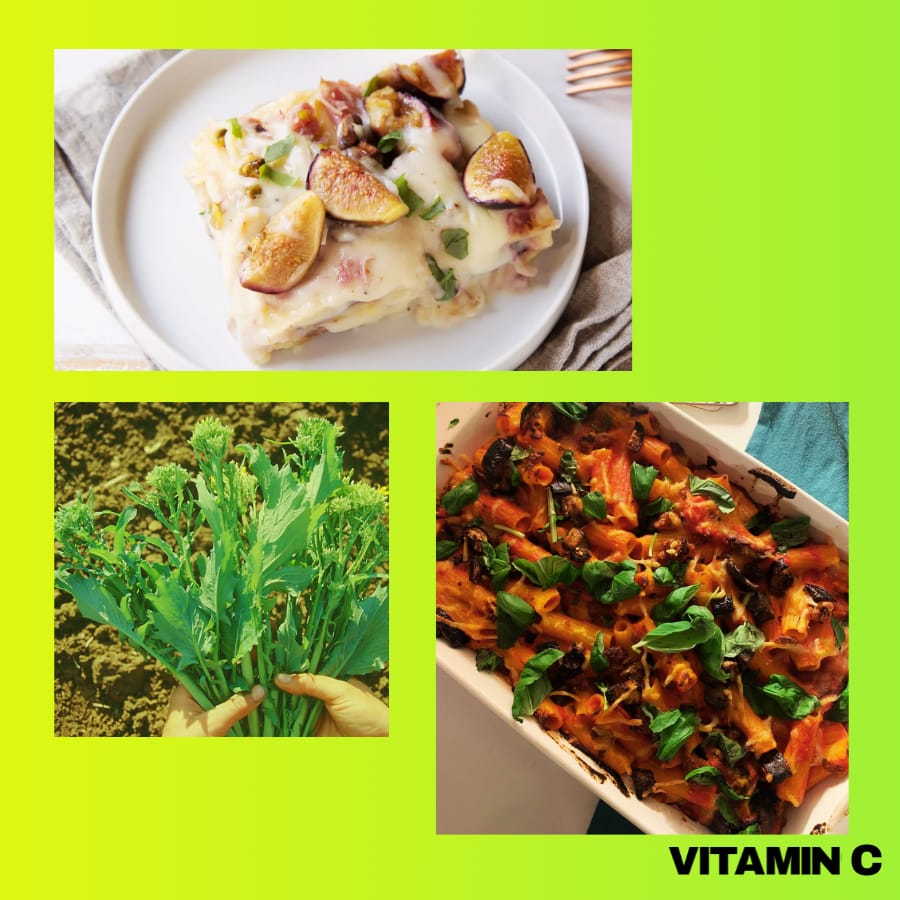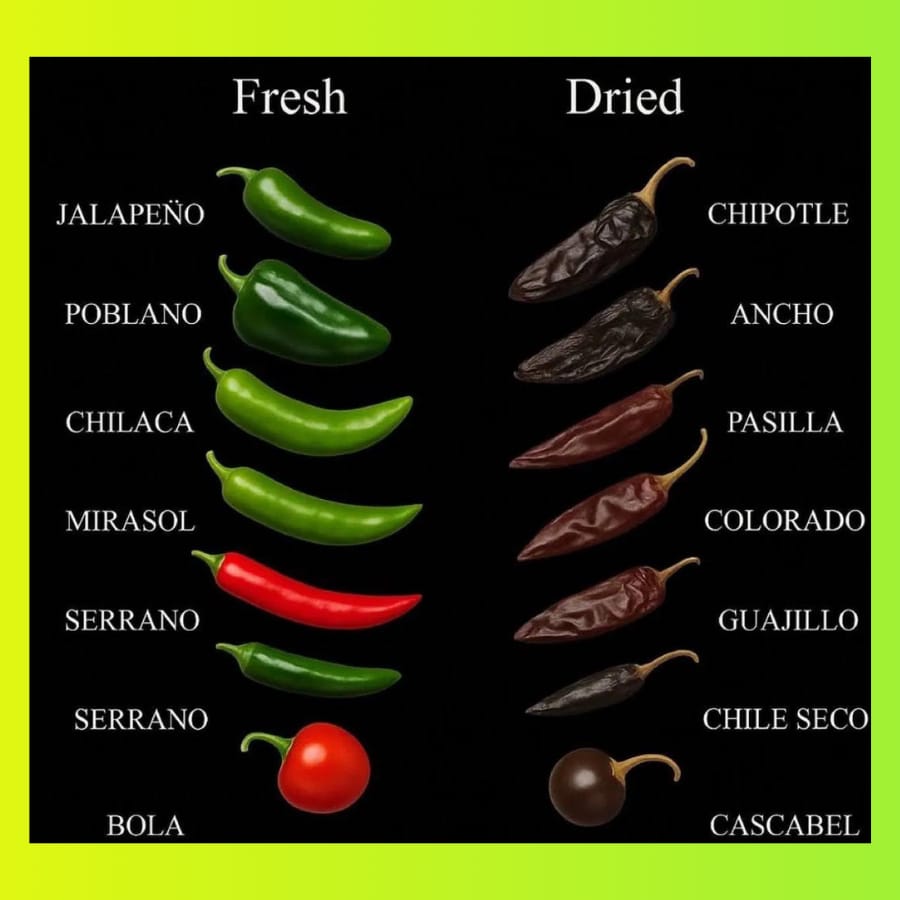
Get smarter about food tech, sustainability & food innovation — in just 3 minutes.
Welcome to VITAMIN C®
If you missed the last editions, check them out here.
Read time today: 3:02 min
Hi friend,
I usually start this newsletter with: “It’s Friday morning.”
Well… today it’s Saturday.
I normally write the newsletter late on Thursday evenings (yes, I’m a procrastinator 🙂). But this week, both my husband and son were sick. So I prioritized being with them.
Still, I managed to carve out an hour during the day yesterday to put it together. Because I didn’t want you to wait too long.
So, here are my top insights on food innovation that are worth your attention this week:
1. [Science | Reports] 🇮🇹 Why everyone loves Italian food

Pasta is basically part of my kids DNA (my husband is Italian).
But it’s not just us.
In almost every major survey, Italy ranks as one of the world’s top food culture. The Taste Atlas Awards 24/25 put Italian cuisine at #2 globally, just behind Greece.
Even France, proud as ever of its culinary heritage, gives Bella Italia second place (26%) - right after its own, of course (GDI data).
And in Italy itself? 86% of Italians say: Nonna cooks the best food in the world.
So what makes Italian cuisine so irresistible?
It’s emotional: Strong association between the food and the Italian lifestyle of La dolce vita
It’s accessible: It works for any budget, any cooking skill.
It’s versatile: From simple weekday pasta with ready-made sauce to festive weekend dinners
The Gottlieb Duttweiler Institute (GDI) released a great report on food culture. It’s from last year, but it’s still gold.
The report breaks down food culture into six dimensions: enjoyment, community, health, self-control, rituals, and rootedness.
And it provides companies with useful tips on how to position products and services between tradition and innovation, so they fit seamlessly into daily consumers’ lives.
You can explore the full GDI report for free here.
2. [Food for Thought] 🥐 The croissant is changing

Are savory croissants the next big thing?
I’m noticing a quiet shift: the classic croissant is turning savory.
Bakeries around the world are filling it with spicy kimchi, steak, BBQ or full breakfast combinations - suddenly, a pastry becomes a whole meal.
To me, it’s a reminder that even the most iconic foods can evolve when tradition leaves room for experimentation.
3. [People & Startups] 🍞 Why 100,000 people subscribed to sourdough bread

Frozen food doesn’t have the best reputation. It’s not exactly known for freshness, flavor, or health.
That’s why Wildgrain caught my attention.
The US-based startup delivers frozen sourdough bread, pasta, and pastries but with a different story. All of it is preservative-free, and pre-baked by independent bakeries across the country.
You put the bread in the oven. 10 - 20 minutes later, it tastes like something from your local artisan bakery.
The startup launched in 2020 and is already profitable. It has over 100,000 subscribers, just raised $10 million in Series A funding, and was voted best food subscription box in the US three years in a row.
The boxes aren’t cheap. Plans start at $99 a month. But the combination of high quality, flexibility (skip or pause subscription anytime) and dietary options (gluten-free, vegan, protein-rich) seems to be working.
I’m wondering if such a model would also work in Europe?
Check Wildgrain out here.
4. [Recommendation] 🍳 This small habit keeps your kitchen creative

One small ritual I love, especially in winter, is what I call a tiny upgrade.
Once a week, we take one of our standard family dishes and swap out just one ingredient.
In the last few weeks, that meant:
Lasagna layered with figs instead of tomato
Baked pasta finished with walnut oil instead of olive oil
Cime di rapa (wild broccoli) standing in for regular broccoli
It’s simple. And playful.
Creativity doesn’t need a big plan. Most of the time, it just needs a tiny shift, a new flavor, a new texture, a new idea.
It’s also a great way to gently expand our kids' taste profiles without big drama.
5. [Inspiration]

I love when one simple visual teaches you more than a whole article.
This chart does exactly that: in a single square, it shows how peppers change identity when they’re dried - jalapeño becomes chipotle, poblano turns into ancho, mirasol becomes guajillo.
It’s a tiny masterclass in visual storytelling: clear and memorable.
Stay awesome & healthy,
Lia

How did you like today's email?
Enjoyed this newsletter? Let’s keep the conversation going on LinkedIn!
Or forward this email to a food & sustainability-curious friend - because good ideas are better when shared. 🙌
